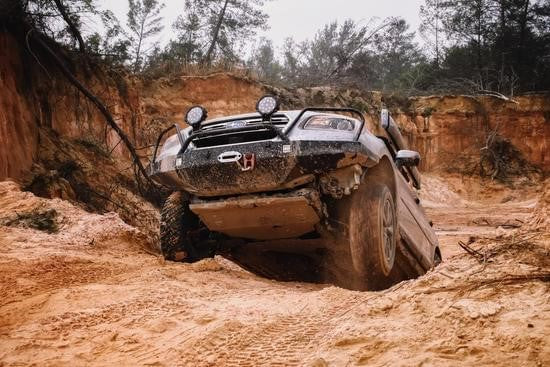Lifted or modified suspension:
If you have lifted your 4WD vehicle or made significant modifications to the suspension systems, such as a suspension kit, the increased ride height can affect the driveline angles. This altercation in the angles between the transmission, transfer case, and differentials can result in a need for an extended driveshaft to compensate for the additional distance.
Increased tyre size:
When you install larger tyres on your 4WD vehicle, it can lead to changes in the overall gearing and driveline angles. This altercation can cause issues such as driveline vibration or binding. In these cases, an extended driveshaft may be necessary to maintain proper alignment and avoid these problems.
Driveline modifications:
If you have made modifications to your vehicle’s drivetrain, such as changing the transfer case, differentials, or axle ratios, it can impact the length requirement of the driveshaft. In these situations, you may need an extended driveshaft to ensure proper fitment and functionality.
It’s important to note that the need for an extended length driveshaft depends on the specific modifications you have made to your 4WD vehicle. It’s recommended to consult with a knowledgeable mechanic or a specialist who is familiar with your vehicle’s make and model, as they can provide you with the most accurate guidance on whether an extended driveshaft is necessary in your particular case.
